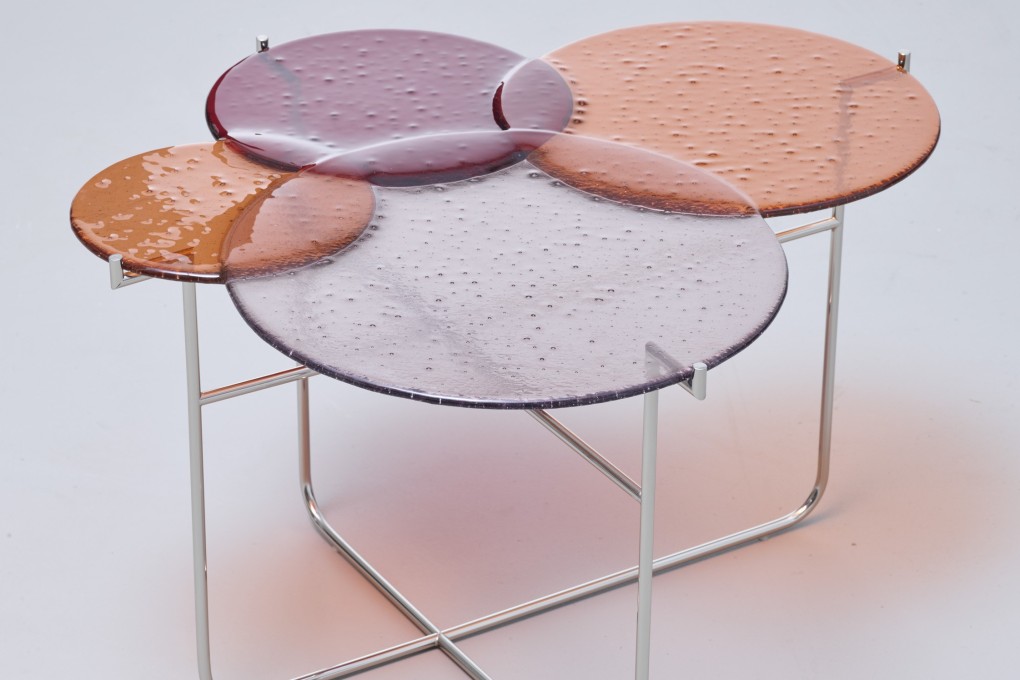In glass – blown, fused, cast or molten – interior designers find material of the moment
- Amazing, magical, tactile, alluring are some of the words interior designers use to describe glass, which they are employing in daring, revolutionary ways
- Sebastian Herkner, Maison & Objet designer of the year, and Australian Brodie Neill point to the way glass interacts with light as being part of its appeal

Glass has been used as an interiors material since the early 17th century, when Italian Baroque designs first appeared in palaces and homes of the wealthy.
The ornate adornments from that period may not be to everyone’s taste, but designers interpreting glass in new ways are hitting the mark for contemporary interiors. Various design shows around the world attest that glass is indeed a material of the moment.
German designer Sebastian Herkner, named Designer of the Year in the January 2019 edition of Maison & Objet, Paris, was an early adopter. Using a hand-blown glass base for the brass or copper top of his iconic Bell Table (2009), he turned the common use of these materials upside down.
Herkner delved deeper into his exploration of glass production, and later designs included the Pastille side tables for edition van Treeck (2017), whose tops appearing as suspended drops of coloured glass are the result of an innovative glass fusing technique, and, in 2018, the Stella pendant and floor lamps for German brand Pulpo that contrast clear, curved ridges with smooth, frosted glass.

For Stella, Herkner was inspired by the intergalactic – “like seeing the night skies’ brightest through a telescope”, the hand-blown ridges representing the deep ravines on the moon’s surface. He describes glass as “a very magical and interesting material” which offers designers many possibilities. “You can blow it, you can cast it, you can fuse it and melt it together,” he says. “With each approach, the result is different.”